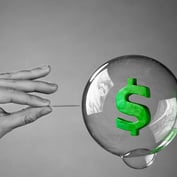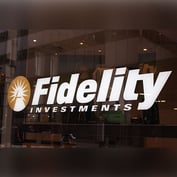Fifteen years ago, Devesh Shah was still in his 20s when he helped invent the stock market’s current barometer of fear.
It was a new version of the Cboe Volatility Index, a gauge of expected price swings for the S&P 500 Index. The VIX, as it’s known, has become the talk of Wall Street after Monday’s record surge, sending many products tied to it into disarray.
Shah, who left Goldman Sachs Group Inc. in 2010 and manages his own money, spoke to Bloomberg Tuesday. This is a lightly edited transcript.
What’s going through your mind today?
Everybody knew that this was a huge problem. Everybody knows that Inverse VIX is going to go to zero at some point, and all these inverse and leveraged products, not just in the VIX but elsewhere too, at the end of the day cost people a lot of money… And what’s going to happen as a result of this? Nothing, other than in a few months’ time someone’s going to come up with a new XIV, and everyone’s going to start putting money into that. That’s OK, that’s how the world goes.
Should regulators do something about retail VIX products?
In my wildest imagination I don’t know why these products exist. Who do they benefit? No one, except if someone wants to gamble -– then, OK, just go gamble… And who exactly made money? The VXX from its inception in 2009 is down, what, 99%, even after this move… It’s kind of sad that these products exist in the first place, but it’s hard to stop it. If you stop this, something else will come up. Bitcoin will come up.








 February 06, 2018 at 01:05 PM
February 06, 2018 at 01:05 PM










